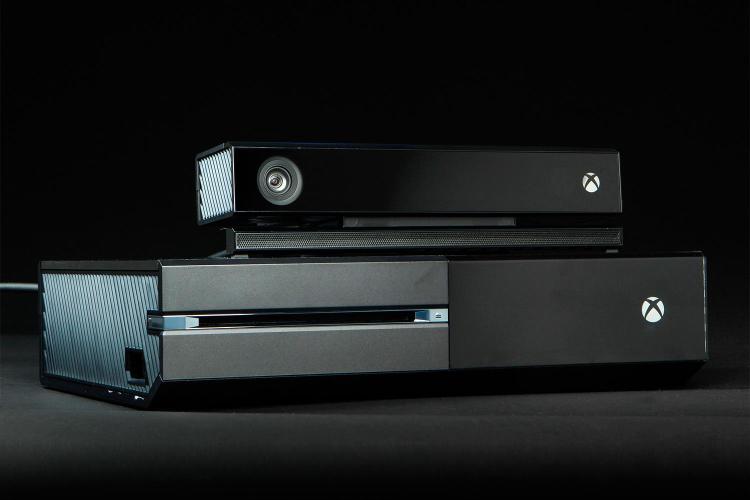The Xbox One may not always beat the PlayStation 4, but the device is starting to gain some momentum from a business perspective for Microsoft.
Microsoft reported the results of its fiscal 2015 today, and the company confirmed that the Xbox business is making more money than last year. The megaconglomerate confirmed it sold 1.4 million Xbox systems in the fourth quarter, which includes both the 360 and Xbox One. That’s up from 1.1 million during Microsoft’s previous fourth quarter.
Revenue for Microsoft’s gaming division were also up 27 percent year-over-year, and it credits that growth spurt to increased console sales, transactions on Xbox Live, and a better slate of first-party releases (including Minecraft). With the console gaming business worth more than $30 billion worldwide, Microsoft likely sees its fiscal 2015 as transition period where it can take a bigger slice of that total through the next 12 months and beyond.
In its earnings press release, the company went into further detail about its success with the Xbox.
“Xbox platform revenue increased $86 million or 10 percent,” reads the report. “[That was] driven by higher volumes of consoles sold, offset in part by lower prices of Xbox Ones sold.”
But it wasn’t just the hardware that is booming for Microsoft. The company, like others in the gaming space, is seeing significant growth when it comes to digital.
“Xbox Live transactions revenue increased $205 million or 58 percent, reflecting increased users and revenue per user,” reads the report.
Put simply, that means that more people are buying Xbox Live Gold subscriptions and purchasing digital games and downloadable content through the Xbox Live interface.
But back to hardware, Microsoft has seemingly figured out the atoms business. In its earnings reports, the company combines computer and gaming hardware, and it revealed that money from this sector — which includes both the Surface and Xbox systems — its revenue has increased $591 million or 44 percent.
But even the Surface and Xbox weren’t enough to undo Microsoft’s flailing phone initiative.
“Total [devices and consumer] revenue decreased $1.3 billion or 13 percent,” reads the report. “[That’s] primarily due to lower revenue from phone hardware, Windows OEM, Windows Phone, and Office Consumer, offset in part by higher revenue from Surface, Xbox, and search advertising.”
VentureBeat's mission is to be a digital town square for technical decision-makers to gain knowledge about transformative enterprise technology and transact. Learn More

